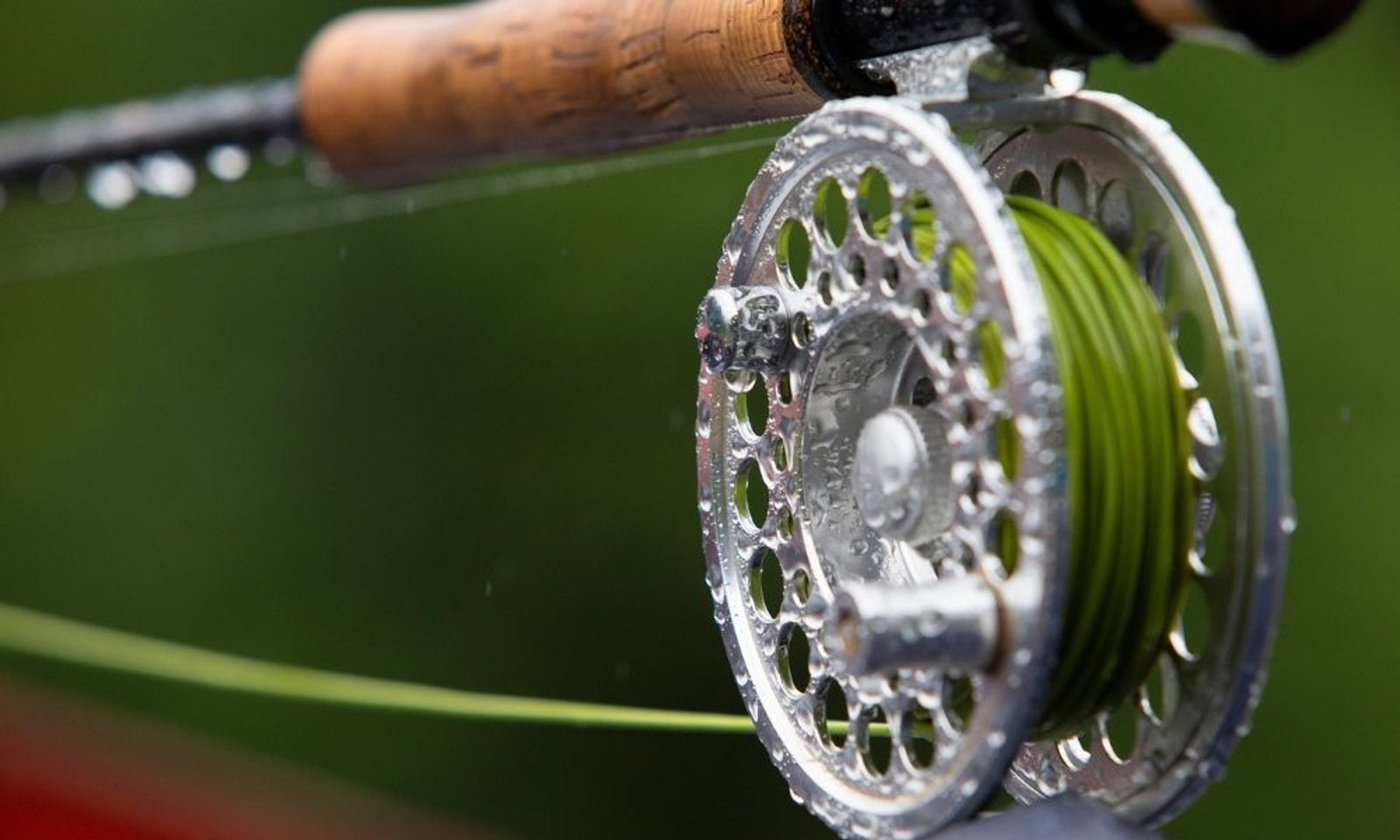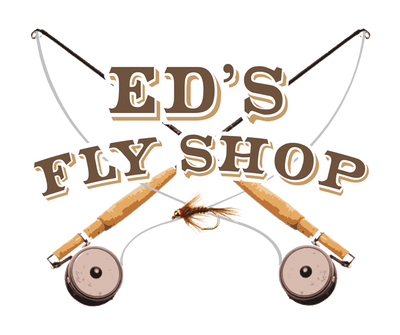Fly Reel Terminology: What You Need To Know

Fly fishing isn’t something you can randomly pick up and do yourself without guidance. It requires lots of knowledge and learning from others experienced in the sport. A large part of the learning process is the terminology that people use when talking about the sport. If you ignore the vocabulary, the terms will just confuse you because you don’t know what they mean. That’s why this article seeks to teach you what you need to know about fly reel terminology.
The Pole
The first thing you should learn about is the primary tool of your trade—the pole. There are many different parts to a fly fishing pole, but these are the key ones you’ll need to know when fishing.
Fly Rod
The fly rod is the whole pole that you hold when fishing and is the central part of your gear. Everything you do will work in tandem with this tool, and it’s naturally a vital piece of equipment for your fishing.
Fly Reel
The fly reel is the piece of the rod that sits partway up the rod’s handle. This is a casing that holds the lines you cast, with all the lines wound up carefully in the reel. You use the reel in conjunction with your techniques to pull in the fish when they eventually bite.
Backing
The line of a fishing rod isn’t a simple string. Rather, it’s a series of strong strings that strengthen the rod and help it catch fish. The backing is a support string, which is thin but strong. It supports the main line and helps it remain intact during regular and intense fishing moments instead of breaking.
Arbor Knot
The arbor knot is the knot that ties the backing to the reel. Without a good arbor knot, the backing will slip and fall right out of the reel. This can break the line and will almost definitely let the fish get away. That’s why the arbor knot is vital and not something you can ignore.
Fly Line and Albright knot
The fly line is the main line that carries all the different parts of the line and holds a lot of the weight when catching fish. The condition of the fly line should be a high priority for any angler, as its health will affect your fishing. It also has a special knot, the Albright knot, that helps it stay on the reel.
Guides
The guides are all the metal parts that run the length of the fly pole. These are important because your lines should run through them to distribute their weight across the rod. A fishing line that doesn’t go through all the guides can snap and break if under enough pressure.
Leader Line
The next part of the main fishing line is the leader line, which attaches to the fly line. This is a crucial line, as it helps transfer energy when casting the rod. If you don’t have a leader line, you’ll find that getting your hook where you want is significantly more difficult.
Tippet
The tippet is another part of the fly line that comes after the leader line. It’s very thin and hard to see when in the water, helping you sell the legitimacy of your bait and fly to fish. It also sinks quickly and allows the fly to move more naturally in the water. Moreover, it’s easily replaceable. So you can change it out for a fresh one effortlessly.
The Fly
The last part of the fishing line is the fly, which connects to the tippet. The fly is the bait that’ll draw in fish to bite into the hook. Hundreds of flies exist that look similar to fish prey and draw in the fish. That’s one of the reasons why choosing which species you want to catch before going on your trip can be valuable. Once you know that information, you can get the correct fly for your target from a fly shop.
Action Terms
Outside the layout of your fishing rod, you also need to know the action terms that indicate what you should do when fishing. These terms are crucial to know to learn how to fish.
Fly Casting
Fly casting is the action of throwing, or casting, your fly out into the water. There are dozens of ways you can cast a fly into the water. Learning a few options can be a great idea since you can use the one that’s best for any situation. This is one of the most challenging steps to learn to do well in the beginning but is very important for any fly fishing.
Casting Arc
The casting arc refers to the path your fly travels as you cast it, which naturally heavily influences the landing location of your fly. There are several different arcs that people want to see when fishing, and mimicking the proper casting arc is a great way to practice how to cast. You’ll often hear others talk about their casting arcs when fishing because it’s one of the better measures for a cast.
False Cast
A false cast is a reference to the part of the fly line that travels behind you during casting. This is generally bad, as a big false cast can send your fly to the wrong place. It also means you don’t have the control you need when casting, putting others at risk.
Retrieve
The retrieve is the name for the action of reeling in the line. There are several ways to do this, but they typically include pointing the fishing rod at the fly so that you can easily bring it in while using the rod’s strength to fight any fish that bite.
Casting Styles
There are many casting styles, but some are more popular than others. Here’s a brief look at a couple of the most useful ones for anyone new to fly fishing. These will serve you well as you absorb fly reel terminology that you need to know.
Overhead Cast
Perhaps the most common cast is the overhead cast since it’s effective in most situations. This cast has you start with the line slightly out and in front of you. You then pick it up and flick it behind you. This creates tension in the rod that you then use by flicking the rod forward. The motion should send the line and fly far into the water in the direction that you flick. You can practice the overhead cast in an open place, such as a parking lot or field.
Roll Cast
The roll cast is another popular casting style, but it can be harder to pull off. The line rests on the water, and you slowly lift the line back and hang it behind you. Doing this should create a loose loop from the rod’s tip behind you. Then, you flick the rod forward, and the line should unroll over the water and cast to the position you want. This is difficult to practice if you’re not near water.
So that’s the terminology you’ll need when talking to others and learning more about fly fishing. Just knowing these terms should help you greatly as you learn the basics. Your skills can grow with the help of this information


